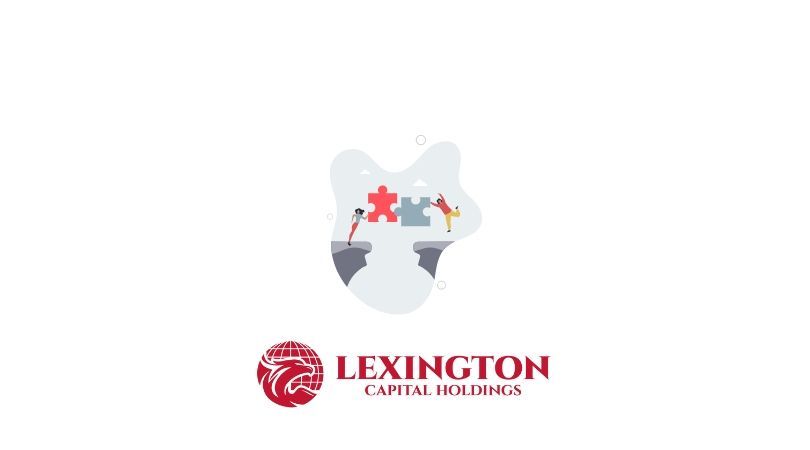Weathering the Storm: Essential Steps for Small Business Recovery After a Natural Disaster
Weathering the Storm: Essential Steps for Small Business Recovery After a Natural Disaster
As the warmer months bring about hurricane season, wildfire threats, and other natural disasters, small businesses across the United States face significant risks. Preparing for and responding to these events is crucial for the survival and recovery of your business. Here are the first steps to take after a natural disaster to ensure your small business can get back on its feet swiftly and effectively.
1. Ensure Safety First
The safety of your employees, customers, and yourself is the top priority. Ensure everyone is safe and accounted for. If there are injuries, seek medical attention immediately. Follow any evacuation orders and do not return to your business until local authorities have deemed it safe.
2. Assess the Damage
Once it is safe to do so, conduct a thorough assessment of the damage to your property, inventory, and equipment. Take detailed notes and photographs of the damage, as these will be essential for insurance claims. Document everything meticulously, including structural damage, water or fire damage, and any loss of inventory.
3. Contact Your Insurance Provider
Notify your insurance company as soon as possible. Provide them with the documentation of the damage you have collected. Understanding your coverage and starting the claims process early can expedite your recovery. Be sure to ask about the timeline for claims processing and any immediate steps you should take.
4. Communicate with Stakeholders
Keep open lines of communication with your employees, customers, and suppliers. Inform them of the situation and your plans for recovery. Transparency builds trust and helps manage expectations. Use your website, social media, and email to keep everyone updated on your progress and expected reopening dates.
5. Secure Your Property
If possible, take steps to secure your property and prevent further damage. This might include boarding up windows, tarping roofs, or moving undamaged items to a safe location. Ensure that your property is protected from vandalism and further weather-related damage.
6. Seek Financial Assistance
Explore available financial assistance options. The Small Business Administration (SBA) offers disaster loans to help businesses recover. Additionally, there may be local or state-level grants and loans available. Reach out to your local chamber of commerce or small business development center for guidance on available resources. Lexington Capital can also assist you in securing the financing you need to rebuild and recover quickly. Our flexible and fast funding solutions are designed to support small businesses during challenging times.
7. Develop a Recovery Plan
Create a detailed recovery plan outlining the steps needed to resume operations. This plan should include timelines for repairs, inventory replacement, and staff return. Prioritize essential functions and set realistic goals for reopening. Consider temporary solutions or locations if your primary business location will be out of commission for an extended period.
8. Review and Update Your Emergency Plan
Use this experience to review and update your emergency preparedness plan. Identify what worked well and what could be improved. Ensure that your plan includes clear procedures for communication, evacuation, and business continuity. Regularly train your employees on these procedures to ensure everyone knows their role in an emergency.
9. Stay Positive and Resilient
Recovery can be a long and challenging process, but maintaining a positive and resilient mindset is essential. Celebrate small victories along the way and keep your focus on the long-term recovery and success of your business.
Conclusion
Natural disasters can strike with little warning, but being prepared and knowing the first steps to take can significantly impact your small business's recovery. By ensuring safety, assessing damage, securing financial assistance, and developing a comprehensive recovery plan, you can navigate the aftermath of a disaster and emerge stronger. Remember, Lexington Capital is here to support you with financial solutions to help your business recover and thrive. Stay safe and resilient this season.

When you apply for business funding, your application goes through a critical stage—underwriting. This is where lenders evaluate risk and determine whether your business qualifies for financing, and under what terms. Understanding what underwriters look for can help you strengthen your application, avoid delays, and increase your approval odds.

Not every business enjoys a steady stream of income. For many companies—especially those in seasonal industries, contracting, or project-based work—revenue can shift dramatically from month to month. These ups and downs are normal, but they can make managing cash flow, payroll, and operating expenses challenging. At Lexington Capital Holdings, we understand that fluctuating revenue doesn’t mean instability—it just means you need the right financial tools to stay balanced and grow confidently.

The Challenge of Hyper-Growth For many startups, growth isn’t the problem—it’s managing it. Rapid scaling demands capital for hiring, marketing, technology, and operations. But too often, founders find themselves cash-strapped right when they need resources the most. Choosing the right financing strategy can be the difference between sustainable growth and burning out too soon.

When it comes to business financing, the terms you secure are just as important as the funding itself. Lower interest rates, flexible repayment schedules, and higher approval amounts can mean the difference between simply surviving and setting your business up to thrive. The good news? Business owners often have more negotiating power than they realize. At Lexington Capital Holdings, we’ve seen firsthand how preparation and strategy can help secure stronger terms. Here’s how you can do the same:

For many businesses, waiting on customer payments can feel like standing still when you’re ready to move forward. Delayed invoices, extended payment terms, or slow collections create cash flow gaps that make it harder to cover expenses, pay employees, or seize new opportunities. The truth is—even successful, profitable companies face this challenge. The key isn’t avoiding it, but managing it strategically with the right funding solutions

Securing business funding is a milestone—but the real impact comes from how you put that capital to work. Every dollar borrowed should fuel momentum, strengthen operations, and generate measurable returns. Unfortunately, too many businesses stop at “getting approved” and miss the chance to maximize their return on investment (ROI). At Lexington Capital Holdings, we believe funding isn’t just about access to capital—it’s about creating opportunity. Here’s how to ensure your financing delivers the highest ROI:

In today’s fast-paced business environment, standing out from the competition requires more than just great products and services—it takes strategy, timing, and smart financial decisions. One of the most overlooked tools in building and maintaining a competitive advantage is business financing. When leveraged correctly, financing doesn’t just help you “get by”; it can actually position your business to outpace competitors and capture new opportunities.

In business, surprises aren’t a matter of if—they’re a matter of when. Whether it’s a sudden equipment breakdown, an unexpected dip in sales, or a market shift that requires quick adaptation, unforeseen expenses can test even the most successful companies. The difference between thriving and struggling often comes down to how well you’ve prepared.

When most business owners hear the word debt, it sparks feelings of stress or risk. But here’s the truth—debt isn’t always a bad thing. In fact, when managed strategically, debt can become one of the most powerful tools to grow, stabilize, and scale your business. At Lexington Capital Holdings, we work with business owners every day who are navigating this very question: Is taking on debt the right move for me? Let’s break down the difference between “good” and “bad” debt so you can make informed financial decisions.

In today’s business world, financing options are everywhere—but choosing the right path can feel overwhelming. From traditional bank loans to alternative lending solutions, the fine print and fast-changing requirements often leave business owners spending more time deciphering funding terms than actually running their businesses. That’s where the value of a dedicated funding advisor truly shines. At Lexington Capital Holdings, we’ve seen firsthand how personalized guidance can transform the funding experience for business owners of all sizes.

